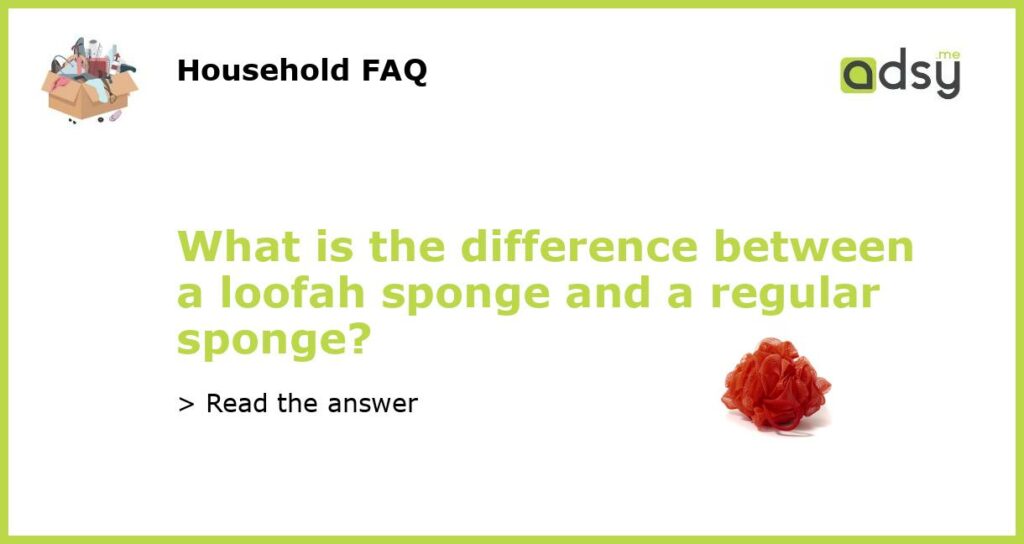The Basics: Loofah vs. Regular Sponge
When it comes to washing dishes, cleaning your home, or even taking care of your skin, sponges play an important role. But have you ever wondered about the difference between a loofah sponge and a regular sponge?
The main difference lies in the materials used to create each type of sponge. Regular sponges are typically made of synthetic or cellulose materials, while loofah sponges are made from the fibrous skeleton of the loofah plant.
While both sponges can be used for similar tasks, there are some key differences between them that make each type better suited for certain purposes.
Cleaning Capabilities: Loofah Sponge
When it comes to cleaning, a loofah sponge has some advantages over a regular sponge. The fibrous texture of the loofah makes it great for scrubbing away dirt and grime on surfaces like dishes, counters, and even bathroom fixtures.
Additionally, because the loofah is a natural material, it has some antibacterial properties. This can be especially helpful when cleaning kitchen surfaces or other areas where bacteria can thrive.
However, it’s important to note that the natural texture of the loofah can also make it too abrasive for some surfaces or skin types, so care should be taken when using it.
Gentler Cleaning: Regular Sponge
If you’re looking for a gentler option for cleaning dishes or surfaces, a regular sponge may be a better fit for you. These sponges are softer and less abrasive than loofah sponges, making them well-suited for more delicate surfaces like glass or non-stick cookware.
Regular sponges can also be a great option for cleaning your skin, as their soft texture is less likely to irritate or damage delicate skin cells.
Care and Maintenance: Loofah and Regular Sponge
Both loofah and regular sponges require regular cleaning and maintenance to keep them in good condition and free of bacteria.
For loofah sponges, it’s important to rinse them thoroughly after each use and allow them to dry completely. It’s also a good idea to sanitize them regularly by boiling them in water or running them through the washing machine.
Regular sponges can be sanitized in similar ways, but should also be replaced more frequently than loofah sponges to avoid the buildup of bacteria.
Choosing the Right Sponge for Your Needs
Ultimately, the choice between a loofah sponge and a regular sponge will depend on your specific cleaning needs and preferences.
If you’re looking for a more abrasive option for tough cleaning tasks, a loofah sponge may be the best choice for you. However, if you’re looking for a gentler option for cleaning delicate surfaces or your skin, a regular sponge is likely the better choice.
Regardless of which type of sponge you choose, be sure to take care of it properly to ensure it lasts as long as possible and stays free of harmful bacteria.






